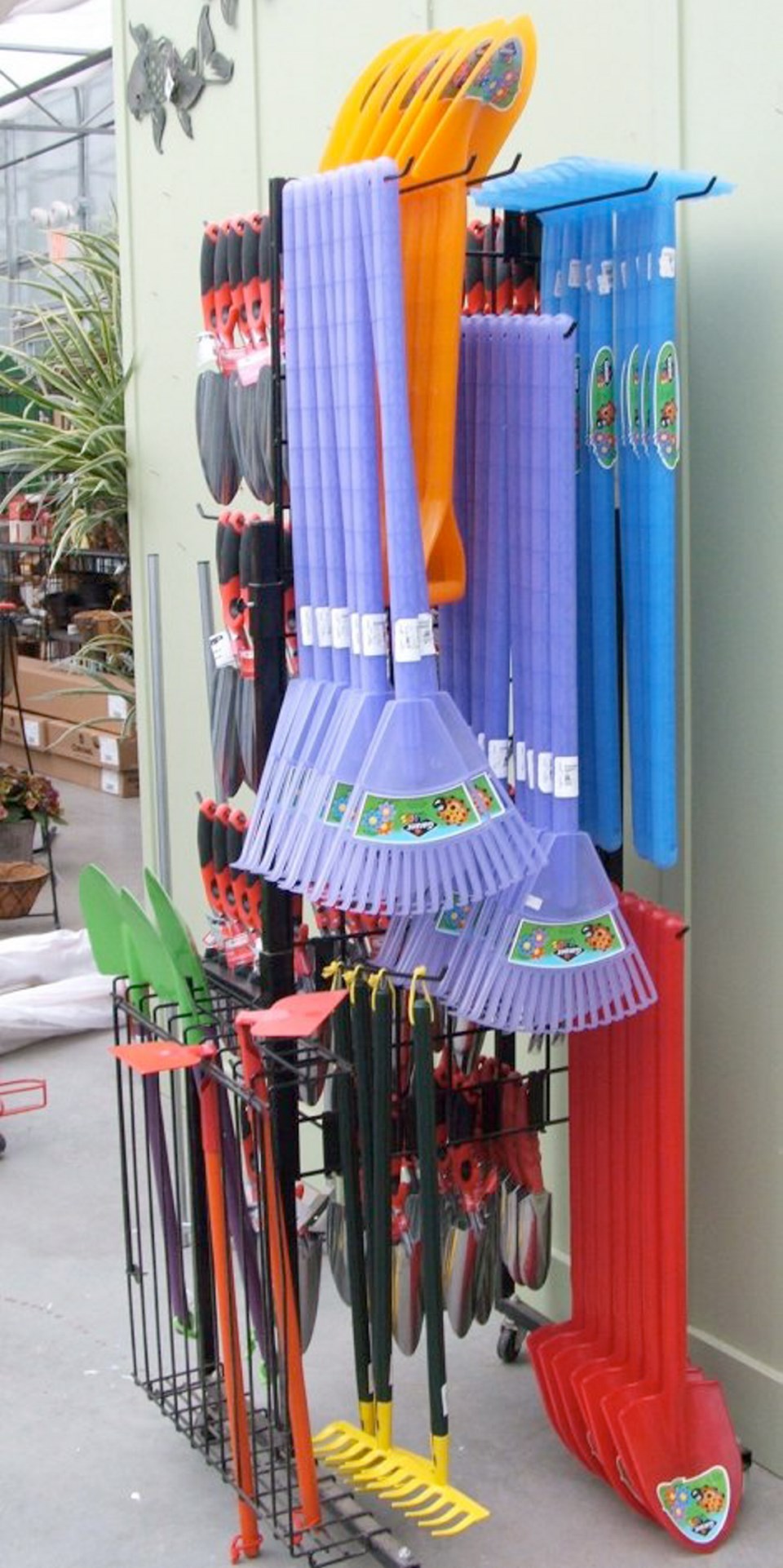Each time I visit my closest garden centre, I gravitate toward the cheery displays of children’s gardening gear — brightly coloured tools and watering cans, decorated gloves — and I think of young families planning a garden together in the spring.
Some children are happy to work alongside a parent, helping with whatever project is at hand, but at some point it’s likely a child will want a growing area all his or her own. Depending on the space available, this might be a section of the vegetable garden, a planter box or patio pots.
To cultivate an enthusiastic young gardener, paving the way to a positive experience is important.
• Location, location. Make sure a child’s plot is in a prime site, right in or beside a main growing area. It should be sunny, with a soil decent enough to foster success.
• Start small, to help ensure the experience is encouraging and not frustrating.
• Choices. Make a list of the child’s favourite vegetables and flowers. Suggest limiting the list to a few of the easiest to grow. The large seeds of peas and beans are easy for small children to handle. Choose bush varieties. Lettuce is easy, as are bush cucumber and zucchini, and pumpkin if there is space.
A flower-loving child might wish to edge the plot with small plants such as alyssum, dwarf marigold and dwarf (not vining) nasturtium. Transplants of some of the choices might be considered.
• Fun stuff. Encourage children to create personalized labels with large wood or plastic labels and coloured markers.
Arrange long bamboo poles tied at the top into a tepee, leaving a space open for entry into a secret hiding place once the tepee is clothed with runner bean vines seeded around the outside.
Grow What You Love, by Emily Murphy (Firefly Books, 272 pages, paperback, $29.95). Beauty, clarity and simplicity are hallmarks of this guide to growing vegetables, herbs and small fruits — beginning with the table of contents, laid out to allow for a speedy zeroing in on a topic of immediate interest. That might be edible flowers, summer greens, berries, or one of the recipes. This summer, I plan to try the recipe for slow-roasted, halved tomatoes with fresh herbs.
Each section of the book is easily scanned and presented in a pleasantly chatty, common-sense style, as in wise tips for setting out on the gardening path: Start small, and grow things you know you will like.
The main, central section is a directory of plants divided into 12 types that include winter greens, root vegetables, berries, pods and beans, and so on. For each individual listing there is a roster of varieties to consider and concise information on where and how to plant, when to pick, and how to use. In the perennial herbs section, for example, thyme is described as a strong, earthy herb that pairs well with squash, onion and potatoes.
Before and following the directory, basics are covered: composting, soil types and fertility, container gardens, common pests. Seed-sowing basics includes a recipe for making your own seed starting mix. Among the six workshops scattered throughout the book is a step-by-step, colour-illustrated guide to rooting stem cuttings.
Published just this month, Grow What You Love is filled with inspiring photos and easy-reading, helpful information. It’s a useful pleasure.
Garden events
Orchid meeting. The Victoria Orchid Society will meet on Monday, March 26, at 7:30 p.m. in Gordon Head United Church Hall, 4201 Tyndall Ave. The meeting will feature rotating workshop stations with Joe Chow repotting Cymbidiums, Poul Hansen repotting Cattleyas and Phalaenopsis, and Don Mills and Rick Rancourt mounting orchids. Guests are welcome.
View Royal meeting. The View Royal Garden Club will meet on Wednesday, March 28, at 7:30 p.m. in Wheeley Hall, 500 Admirals Rd., in Esquimalt. Paul Spriggs, owner of Spriggs Garden Landscaping, will speak about a self-guided tour he took to the island of Crete. He will focus on what Victoria gardeners can learn from Mediterranean gardens and how they compare with our west coast conditions. The evening will include a judged mini show of exhibits from members’ gardens and a sale of plants and garden items. Visitor drop-in fee $5.



